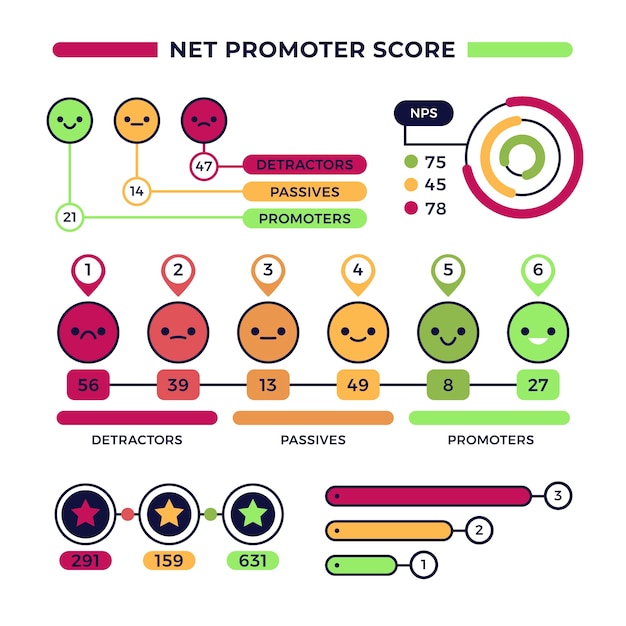
Adverbs are an essential part of speech that add more information to verbs, adjectives, or other adverbs. They help to describe how an action is performed, providing details about the time, place, manner, frequency, or degree of an activity. In this article, we will explore the basics of adverbs and provide some examples to help you understand their usage better.
There are various types of adverbs, each serving a different purpose. Here are the main categories of adverbs:
1. Adverbs of Manner:
These adverbs describe how an action is performed. They answer the question “how?” Examples include quickly, slowly, carefully, and happily. Let’s take a look at some examples:
– She ran quickly to catch the bus.
– The baby slept peacefully through the night.
2. Adverbs of Time:
These adverbs specify when an action takes place. They answer the question “when?” Examples include yesterday, today, now, and soon. Here are a couple of examples:
– We will go to the park tomorrow.
– She arrived late for the meeting.
3. Adverbs of Place:
These adverbs indicate where an action happens. They answer the question “where?” Examples include here, there, inside, and outside. Consider these examples:
– The dog is hiding under the table.
– They traveled abroad last summer.
4. Adverbs of Frequency:
These adverbs express how often an action occurs. They answer the question “how often?” Examples include always, never, often, and rarely. Take a look at these examples:
– He always brushes his teeth before going to bed.
– I rarely eat fast food.
5. Adverbs of Degree:
These adverbs describe the intensity or extent of an action. They answer the question “to what extent?” Examples include very, quite, too, and extremely. Let’s see some examples:
– The movie was extremely exciting.
– She is quite tall for her age.
Now that we have explored the different types of adverbs, let’s take a look at how they can be used in sentences:
| Adverb Type | Example |
|---|---|
| Adverb of Manner | She sings beautifully. |
| Adverb of Time | We will leave soon. |
| Adverb of Place | Please sit here. |
| Adverb of Frequency | I often go for a run. |
| Adverb of Degree | He is very tired. |
As you can see from the examples above, adverbs play a vital role in providing more information about the actions or qualities they modify. They help to paint a clearer picture in our minds and make our language more precise.
Remember that adverbs can be placed in different positions within a sentence. They can be used at the beginning, middle, or end, depending on the emphasis you want to give. Additionally, some adverbs have irregular forms, so it’s essential to familiarize yourself with their usage.
In conclusion, adverbs are versatile words that enhance our communication by providing additional details about actions, qualities, or other adverbs. They come in various types and can be placed in different positions within a sentence. By using adverbs effectively, you can make your language more descriptive and engaging.



